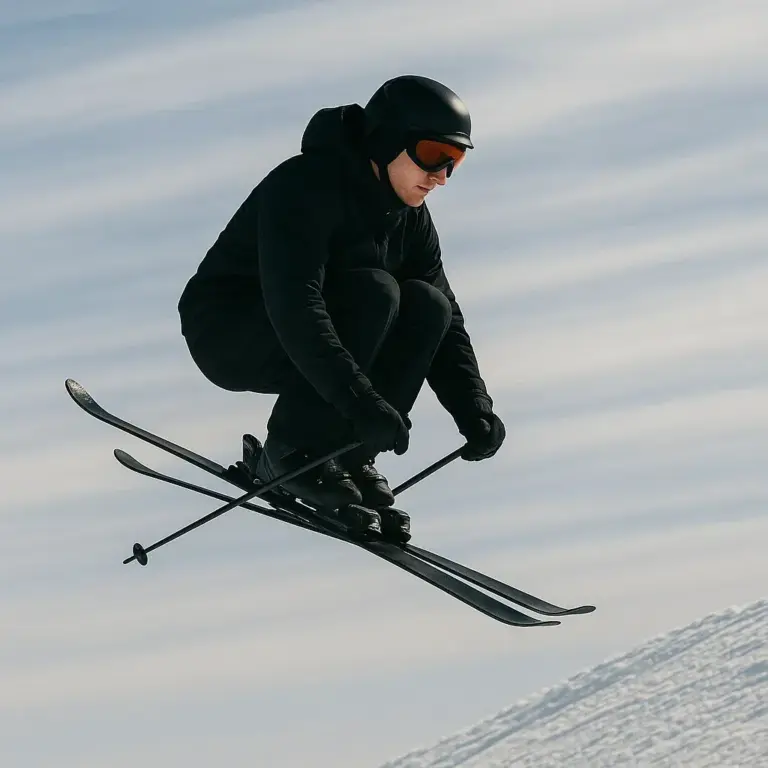There’s a moment in every athlete’s performance where the noise fades away. The crowd, the cameras, the nerves gone. What remains is pure focus. That’s flow the psychological state where performance feels effortless and time seems to slow.
For most people, flow feels rare. But for athletes, it’s trained, not accidental. And it begins with a surprising ally: fear.
Understanding the fear response
Fear is your body’s way of keeping you safe. When you’re standing at the top of a ski jump, as I once did during the Nagano 1998 Winter Olympics, that instinct can feel overwhelming. Your heart races, your muscles tense, and your breath shortens a perfect physiological storm.
The goal isn’t to eliminate fear. It’s to channel it. Top performers learn to recognise fear as information a sign that something meaningful is about to happen.
In that moment, breathing becomes your greatest tool. A slow, steady exhale tells the nervous system: I am safe. I can focus. From there, fear becomes fuel for clarity.
Flow: The science of total immersion
Psychologist Mihály Csíkszentmihályi, who coined the term flow, described it as the state where skill and challenge are perfectly balanced. You’re not bored, you’re not overwhelmed you’re fully absorbed.
Modern neuroscience shows that during flow, parts of the prefrontal cortex (the area that generates self-doubt) temporarily deactivate. Time perception changes. Movement feels intuitive. Decision-making becomes fluid.
Athletes reach flow through repetition, structure, and mindfulness. But anyone can experience it whether running, painting, or giving a presentation. The key is to match your skill level to the challenge and eliminate distractions.
Close-up of skier’s eyes behind reflective goggles.
Finding flow in everyday life
Here are three strategies inspired by sports psychology that can help you enter flow in your own world:
- Prepare like an athlete. Rituals create confidence. Warm up, visualise, breathe.
- Set clear goals. Flow thrives on clarity know exactly what “success” looks like before you start.
- Stay present. When your attention drifts to the outcome, gently bring it back to the process.
For more on this, explore The Science of Mental Toughness understanding the psychological tools behind peak performance is key to experiencing flow more often.
The balance between courage and calm
After retiring from competition, I realised that the same flow state I found on snow could appear anywhere: during a presentation, a conversation, or a creative project. The environment changes the principle doesn’t.
True calm isn’t the absence of fear. It’s the ability to breathe through it and keep moving forward with focus. That’s what sport taught me and it’s a lesson I carry into every part of life.
 A calm mountain scene viewed from a ski lodge window, early morning light filtering in. A notebook and coffee sit on the table
A calm mountain scene viewed from a ski lodge window, early morning light filtering in. A notebook and coffee sit on the table
- About the Author
- Latest Posts

Images are for reference only.Images and contents gathered automatic from google or 3rd party sources.All rights on the images and contents are with their legal original owners.

